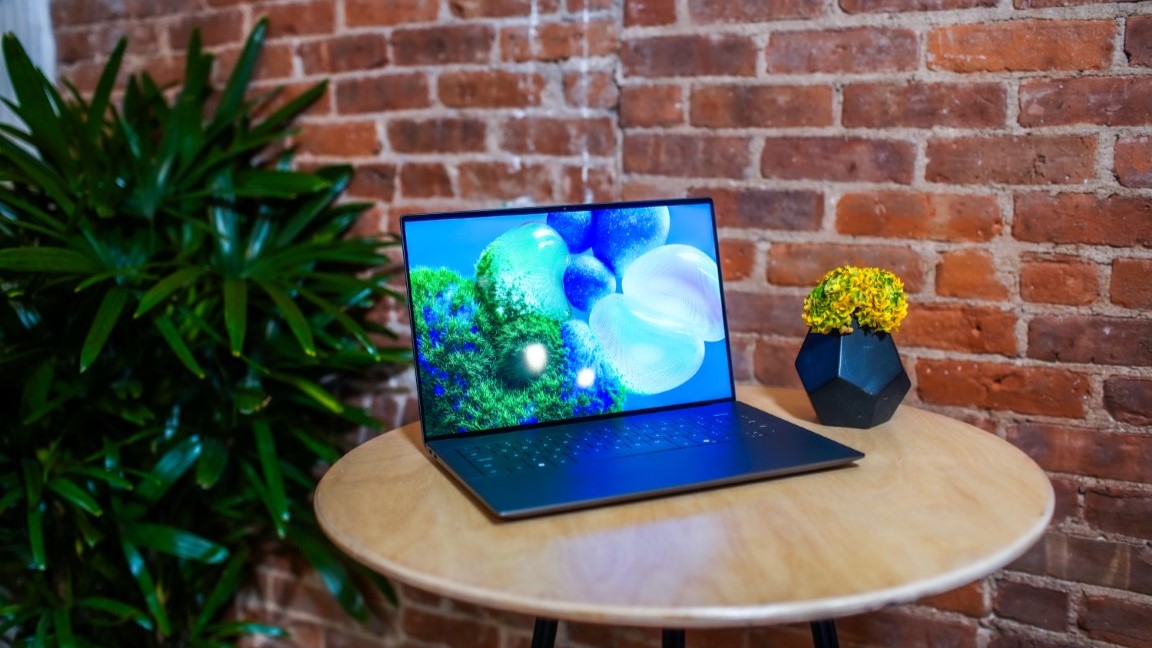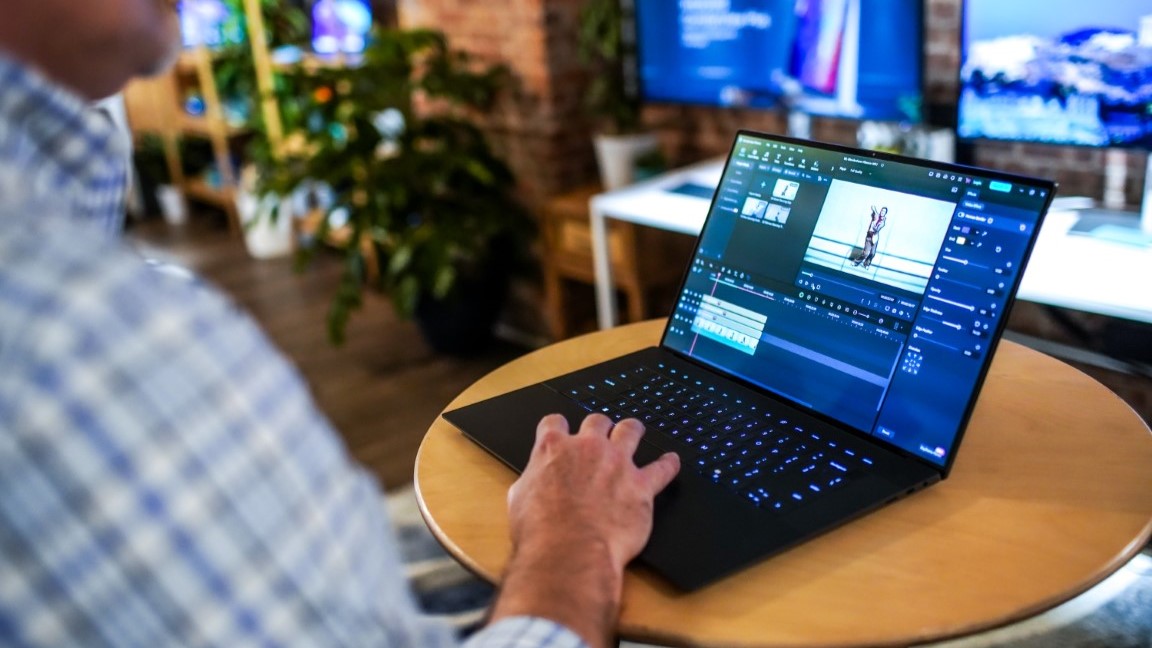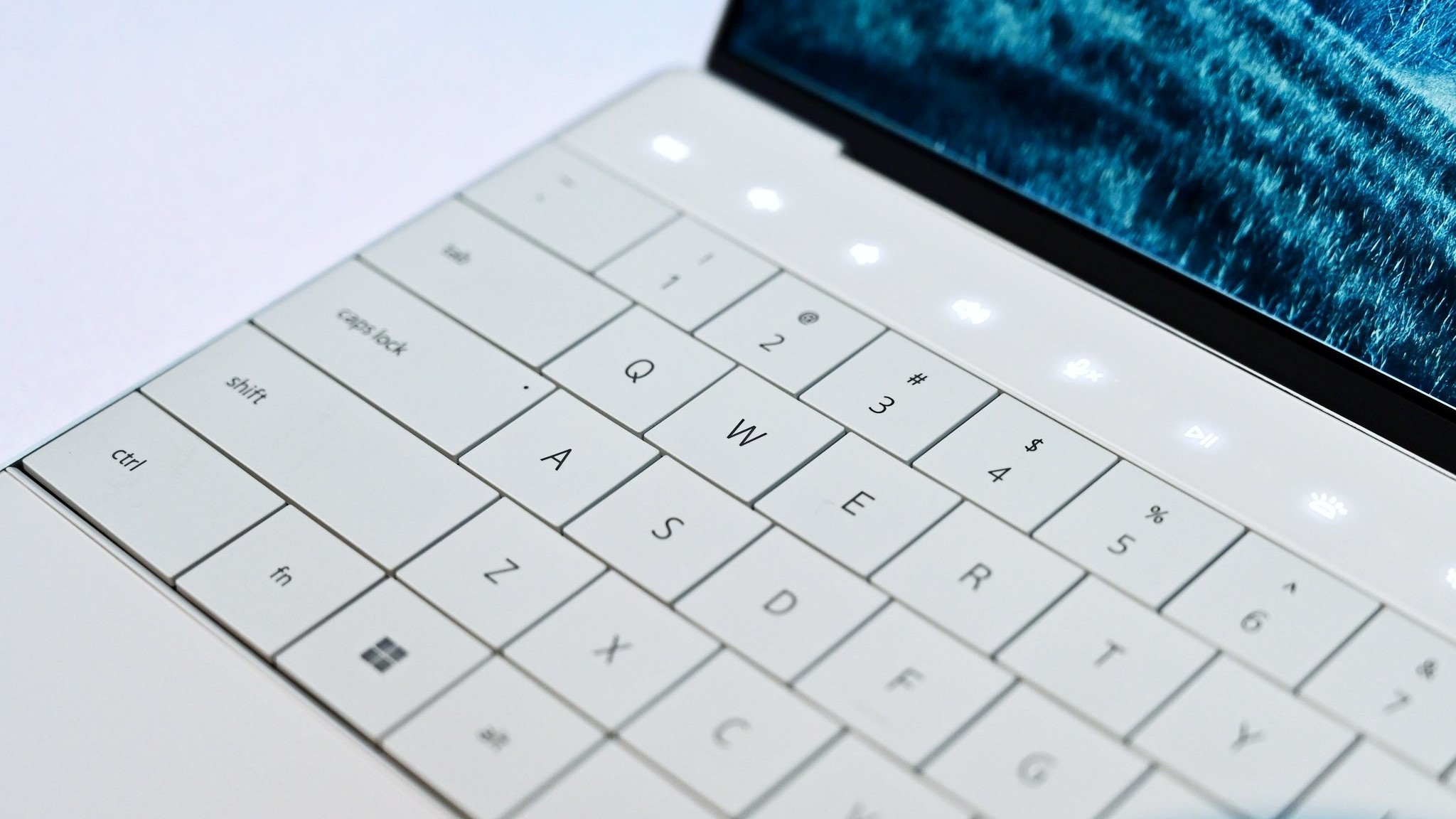
What you need to know
- Dell just launched the XPS 14 and XPS 16, which feature a modern design and run on the latest Intel Core Ultra processors and either Intel Arc or NVIDIA GeForce RTX graphics.
- These Ultrabooks represent two new size categories for the XPS lineup and build on the popular redesign that Dell first rolled out to its 13-inch XPS laptops.
- Dell also released the new XPS 13 today, which has the design once reserved for the XPS 13 Plus and the latest internals from Intel and NVIDIA.
Dell is in the middle of a modern refresh that brings its flagship XPS laptops into 2024 and, honestly, a bit beyond that in terms of design. The refresh kicked off with the XPS 13 Plus and now continues with the new XPS 13 and the introduction of the XPS 14 and XPS 16 into the family. All those laptops are available today through Dell's website.
Indeed, you can read our full Dell XPS 14 review to see what we think of that one.
All of the new XPS laptops feature a modern design that includes a zero-lattice keyboard, a touch function row, and an invisible touchpad. The design is stunning, albeit somewhat controversial, since it's so different than the "classic" look of XPS laptops. Some argue that Dell prioritized looks over function, but that's not black and white. For example, the haptic touchpad provides more space within the machine, which helps temperatures stay down. Is the invisible touchpad simply there for looks if it also improves thermals? I'd say it earns its place.
While some may prefer the classic look of XPS laptops, it's clear that Dell likes its new designs and that it plans to roll with them going forward. The Dell XPS 13 Plus, which was the first PC to use this general design, earned high marks in our review. We also have a Dell XPS 14 review. Spoiler alert: that laptop received even higher marks than its smaller sibling.
The new XPS 13, XPS 14, and XPS 16 aren't just about looks either. Dell revamped its flagship Ultrabook family with performance in mind. For example, two intake vents sit on the side of the XPS 14 rather than a grill along the bottom of the PC. That setup improves thermals, especially when using the laptop on a lap or flat surface that can limit airflow.
The biggest performance bumps for the laptops come from the internals. The XPS 13 runs on up to an Intel Core Ultra 7 and Intel Arc graphics. The XPS 14 can pair up to an Intel Core Ultra 7 with up to an NVIDIA GeForce RTX 4050, while the XPS 16 is available with up to an Intel Core i9 Ultra and up to an NVIDIA GeForce RTX 4070. Other specs are high-end as well, such as configurations with up to 64GB of LPDDR5x RAM.
The Intel Core Ultra chips inside the new XPS laptops also have Neural Processing Units (NPUs). These are designed to handle AI workloads and can help with general productivity and creative work.
New Dell XPS sizes

While the Dell XPS 15 and Dell XPS 17 will continue to be sold, at least for now, the new members of the XPS lineup make more sense when their overall design is considered. The InfinityEdge display seen on XPS laptops lets Dell pack a large screen into a compact body. When combined with the zero-lattice keyboard, Dell can essentially fit the key components of the XPS 15 into a smaller body. The same goes for the XPS 16 fitting parts that once required a larger laptop like the XPS 17.
Dell's always done a good job of taking advantage of the space within a laptop, but that's taken to another level with the XPS 14 and XPS 16. The laptop maker took a fine comb to its design with a priority on function and thermal performance. All of the design choices and the internals from Intel and NVIDIA merge Ultrabook laptops with workstations, making PCs that are hard to compare directly with other devices.
The new Dell XPS 13

Dell released the XPS 13 Plus in 2022. That laptop kicked off the redesign that's now made its way to three different sizes of XPS laptops. Dell sold the XPS 13 Plus as a separate lineup than the "classic" XPS 13. The classic design has now been placed in the past, with Dell choosing to move forward with the new XPS 13.
The staggered shift toward the modern design of the latest XPS 13 makes sense. Dell took a risk introducing such a dramatically different design for one of its best laptops. Selling the XPS 13 and the XPS 13 Plus alongside each other for a couple years allowed Dell to receive feedback and see what consumers preferred between the two designs. Based on the fact that the XPS 13 now has the design once reserved for the XPS 13 Plus, I think it's safe to say that Dell is happy with the refresh.
While I personally prefer the look and function of the new XPS 13, there will be a brief period where there are three different types of Dell XPS 13 laptops available. If you go to Dell's website, you'll see the "classic" XPS 13, the XPS 13 Plus, and the new XPS 13.







